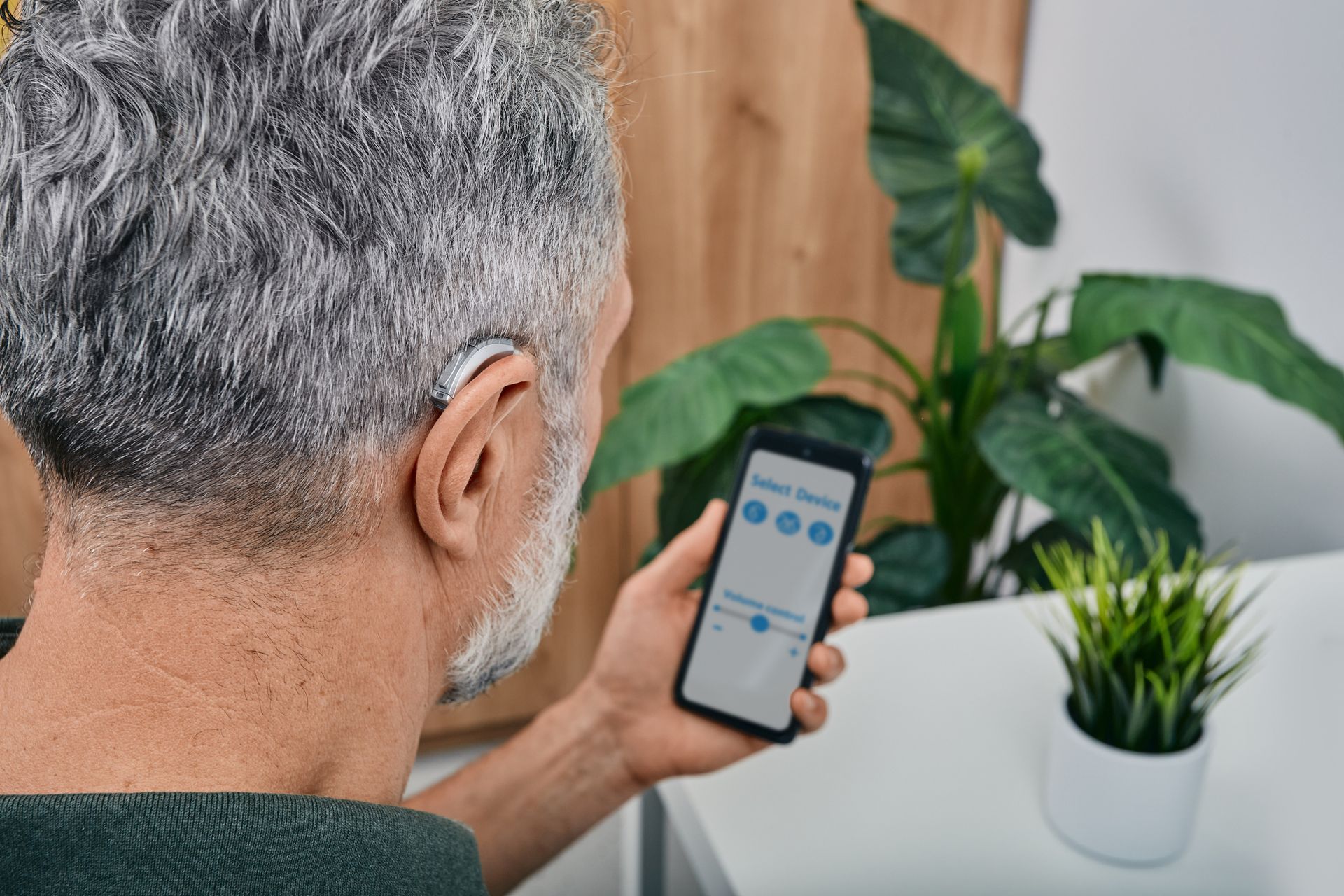Assistive Listening Devices in Victoria
Helping You to Hear Better
Assistive listening devices can be used with or without a hearing device. Assistive listening devices help to overcome the problems of distance between the speaker and the listener, excessive background noise and poor room acoustics like echoes.
ALDs can range from T-Coil's, infra-red headsets, FM systems, audio induction loop systems, flashing lights for telephones, alarm clocks or doorbells, to much more.
What is Bluetooth?
A wireless system that transmits sound and/or information from one electronic device to another via a secure wavelength that can travel up to 10 metres.
Bluetooth is a radio standard and communications protocol primarily designed for low power consumption with a short range. Bluetooth lets these devices communicate with each other when they are in range. The devices use a radio communications system, so they do not have to be in the line of sight of each other and can even be in other rooms.
Some hearing devices are now equipped with Bluetooth technology, which allows them to interact with other devices like mobile phones, laptops, entertainment systems, and the like, provided they are Bluetooth-equipped.
What is an FM System?
A wireless FM system transmits sound via a particular radio frequency. An FM system must have a transmitter and receiver operating on the same frequency. The sound is picked up by a microphone (for example, clipped to the shirt of the speaker) and delivered to the listener via a receiver unit. The receiver unit can be separated from a hearing device, or the receiver can be attached to the bottom of a hearing device, or the signal can be picked up via a neck loop, utilising the T-coil function of the hearing device.
It is the most portable solution for a number of listening situations because it is small, cordless, battery-operated, and generally doesn't require installations. The signal will travel through walls and ceilings and is, therefore, not suitable if confidentiality is required. It can have a range of 10 to 15 metres. FM systems work well indoors and outdoors. Applications include classrooms and lectures, work, restaurants, cars, television, meetings, conferences and churches.
What is an Infra-Red System?
Infrared systems are often used in the home with TV sets, but, like the FM system, they can also be used in large settings like theatres.
Sound is transmitted using infrared light waves from the transmitting unit, which is connected to the TV, usually via the headphone socket. The TV is set at a volume comfortable for family members, while the infrared system transmits the TV signal to your personal receiver, which is generally in the form of a headset, which you can adjust to your desired volume.
Thus, TV watching as a family becomes pleasurable for all. While it is not too loud for family members with normal hearing, the volume is just right for you because you adjust it through your individual receiver.
An important note to remember is that the receiver must always face the direction of the transmitter in order for the infrared signal to be received.
What are Induction Loop Systems?
Induction loops are most common in large group areas. They can also be purchased for individual use.
An induction loop wire is permanently installed, perhaps under a carpet or around the skirting boards. The person talking into the microphone has their voice converted into an electrical signal, which is then transferred via the wire, which in turn makes an electromagnetic field in the room. When you switch your hearing device to the "T" (telephone) setting, your hearing device telecoil picks up the electromagnetic signal, which the device then converts back into a voice signal, which you can adjust via the volume control on your hearing device.
The same system can be used in the family home. For example, a television can be connected to the audio-loop system, the wire placed under the carpet or around the skirting boards, and you switch the hearing device on to the "T" setting and sit anywhere in the room and listen to the TV without any interference from outside noises.
What Other Devices Can Help the Hearing Impaired?
People who are hard of hearing or even those who have no hearing loss can benefit from a wide variety of devices. Some of these systems can be used alone or in combination with listening devices and hearing devices. There are also alerting devices that signal you when a sound occurs. There are extension doorbells (amplified and placed in another part of the house), fire alarm/smoke alarm devices, baby-crying devices (intercom system) or room-to-room sound alerting systems, vibrating paging systems and vibrating alarm clocks. A strobe light, for instance, can be fitted to an alarm clock, telephone or even the front door. Others use vibrating systems to alert you. Hearing dogs can also be specially trained.
Text telephones TTY, which allows phone conversations to be typed and read rather than spoken and heard.
Speech recognition software is readily available, which allows a computer to change a spoken message into a word-processed document.
Closed-captioning TV (Teletext), which allows dialogue to be displayed as text on the screen. Most new televisions allow this service to be switched on or off. If your TV is several years old, a "set-top box" can be purchased as an add-on, and Teletext can be viewed this way.
Mobile phones can now be used via Bluetooth directly to the hearing device, either via an FM device or plugged directly into the hearing device. Of course, SMS (short message service) is a simple but extremely effective tool that allows you to text messages to other mobile phones.
Making a difference since 1990.
Discuss assistive listening devices.

